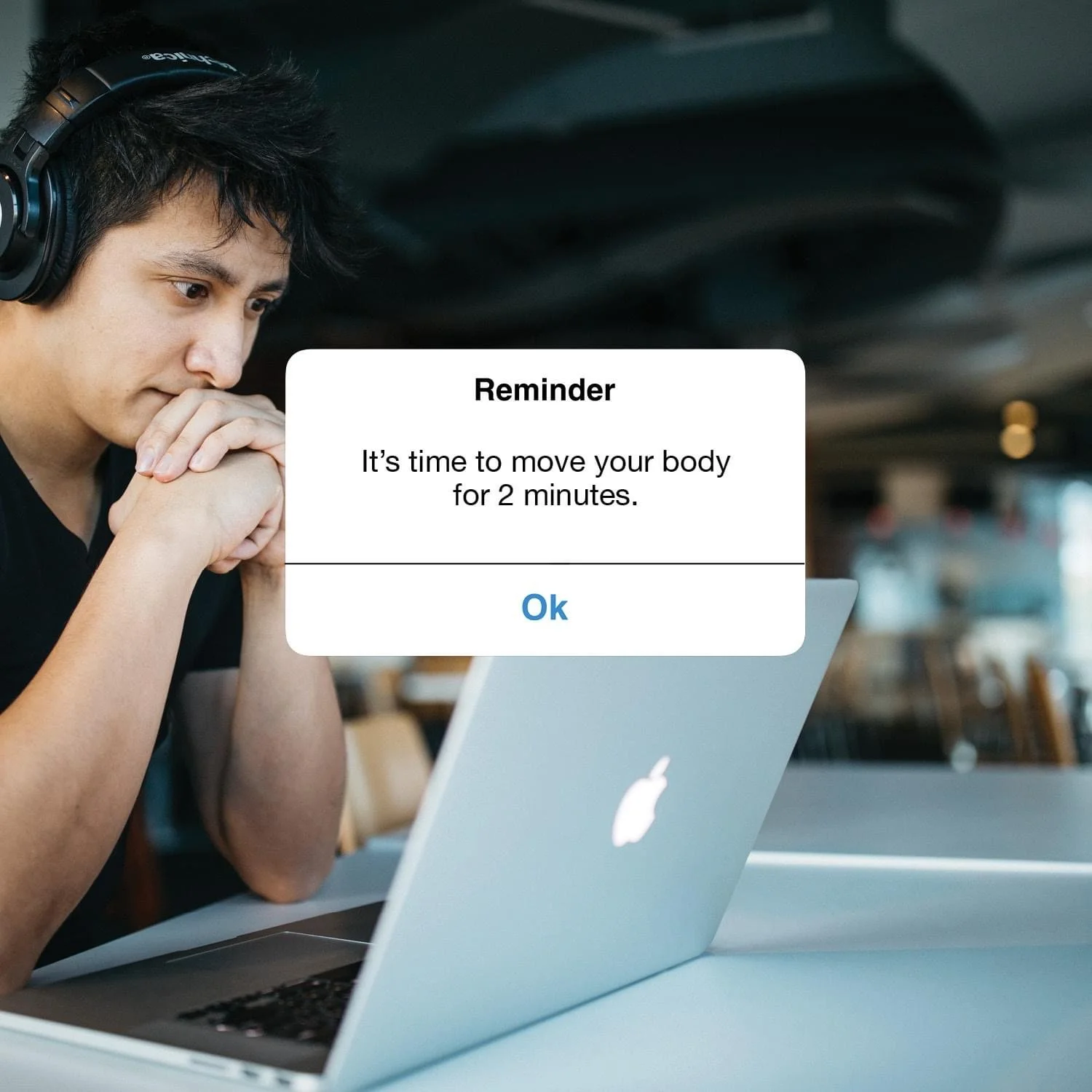Top Tips to Break Your Bad Back Habits
Your back is the backbone of your health - literally! Many of us unknowingly adopt bad habits that can cause significant strain on our backs, leading to discomfort or even chronic pain. Breaking these bad habits and adopting healthier routines can make a world of difference to your overall well-being. Here’s how you can start making positive changes today:
1. Mind Your Posture
Good posture is more than just standing up straight - it’s about aligning your body to avoid unnecessary strain on your back. When sitting, make sure your back is fully supported, your feet are flat on the floor, and your shoulders are relaxed. When standing, keep your weight balanced on both feet, and avoid slumping or leaning.
2. Lift Properly
Improper lifting techniques are a common cause of back injuries. Always bend your knees, keep the load close to your body, and avoid twisting your torso when lifting heavy objects. Remember, it’s better to ask for help with heavy or awkward loads than to risk a back injury. ALWAYS engage your core while lifting or rotating awkwardly.
3. Stay Active
A sedentary lifestyle can be detrimental to your back health. Regular physical activity strengthens the muscles that support your spine and helps maintain flexibility. Incorporate activities like walking, swimming, or pilates into your routine to keep your back strong and healthy.
4. Adjust Your Workstation
If you spend long hours at a desk, make sure your workstation is ergonomically optimised. Your computer screen should be at EYE LEVEL, your chair should support your lower back, and your feet should rest flat on the floor. Taking regular breaks to stretch and move around can also prevent the build up of stiffness and discomfort.
5. Sleep Smart
Your sleeping position can significantly affect your back health. Sleeping on your back or side with a pillow that supports your neck and maintains the natural curve of your spine is best. If you sleep on your stomach, try to transition to a side or back sleeping position to reduce stress on your back.
6. Manage Stress
Stress can lead to muscle tension, particularly in the back and neck. Incorporate stress-relief practices like exercise, stretching, deep breathing/meditation, or focussed pilates into your daily routine to keep your muscles relaxed and your mind at ease.
7. Stretch Regularly
Stretching is key to maintaining flexibility and preventing muscle tightness. Simple stretches for your back, hamstrings, and hip flexors can help relieve tension and keep your spine supple. Make it a habit to stretch daily, especially after long periods of sitting or inactivity. Ask us for our favourite stretch routine booklet, its free.
Your back deserves the best care you can give it. By breaking these bad habits and adopting healthier practices, you can protect your spine, reduce pain, and improve your overall quality of life. If you’re struggling with back pain or need guidance on how to maintain a healthy back, consider consulting with a chiropractor for personalised advice and treatment.


